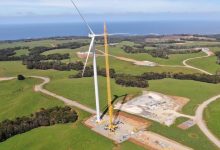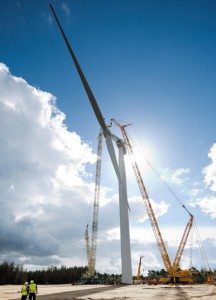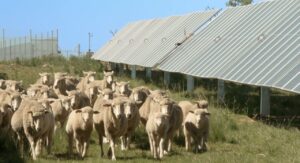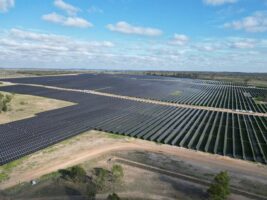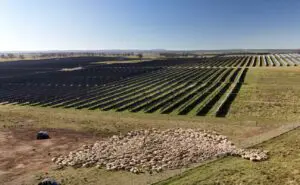The large-scale solar and wind generation assets of global infrastructure giant John Laing appear to be proving a harder sell in Australia than in Europe, with the just-launched sale process reported to have been put on hold until the second half of 2020.
John Laing confirmed in early March that it was quitting the Australian wind and solar market entirely, after a year of project delays and transmission losses put further investment in the sector firmly in the too-hard basket. For separate reasons it is doing the same in Europe.
In Australia, the UK-based company appointed Macquarie Capital to sell its roughly $A500 million portfolio of assets, the value of which was written down by £66 million ($A120 million) in August of 2019 as a direct result of the Marginal Loss Factor rule revisions introduced earlier that year.
But the Australian sale process now appears to be on hold, with the AFR’s Street Talk column reporting on Wednesday that potential bidders had been told the auction was now likely to take place “in the second half of the year.”
As the column notes, this could be taken to mean “when market conditions settle.” And in terms of Australia, “market conditions” could refer either to the unstable regulatory and policy environments, and/or the expected downturn associated with Covid-19 pandemic.
It should be noted, however, that the sale of John Laing’s renewables assets in Europe – where the Coronavirus is taking an enormous toll – is still chugging along nicely, with the news last week the company had agreed to sell its French wind portfolio to Greencoat Renewables.
In Australia, John Laing’s asset portfolio includes the 170MW Finley solar farm, the 255MW Sunraysia solar farm, and the Granville and Kiata wind farms, as well as small stakes in each of the three stages of the Hornsdale wind farm.
Back in March, John Laing CEO Olivier Brousse said one option for the Australian sale was to bunch the wind and solar assets together in a bid to “access large investors with deeper pockets.”
The company’s CFO, Luciana Germinario said at the time that the market signals in response to early stages “soft marketing” had been “positive on the renewable energy side.”
Fast forward one month and much has changed, as the impact of Covid-19 on the global renewable energy market starts to sink in.
According to a report from Norway-based Rystad Energy, markets in countries like Australia stand to be hit the hardest, as their currency exchange rates take a pounding in the global slowdown – adding another layer to an already shaky investment environment.
“Developers already appear to have cooled on orders that were otherwise imminent,” said report author and Rystad senior vice president Gero Farruggio of Australia’s renewable energy market.
“Much of the 2GW utility PV solar expected to begin production 2020 in Australia is already built and going through the commissioning phase, which in many cases has been become long and complex, and in some instances heavily delayed.
“Work will continue on these projects. However, the key determiner of success will be the process of grid connection.”

